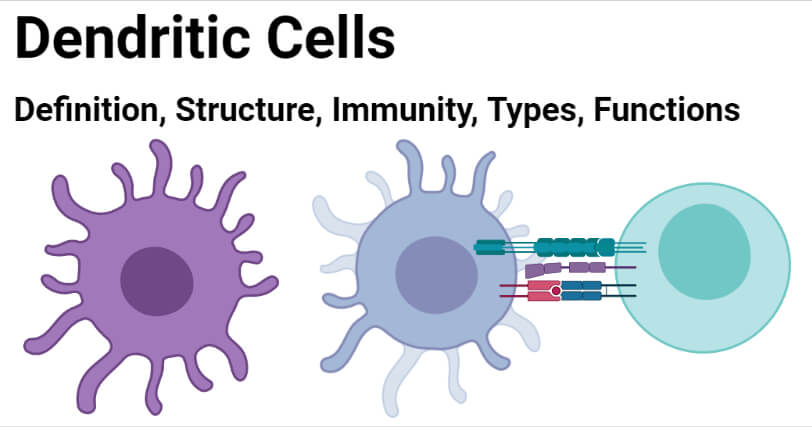

22 The dendrites grow from the substrate upward, such as a tree with a trunk and branches. 21 We are not aware of any significance of this fractal dimension although dimensions in this range are common for vegetation. This may be compared to the fractal dimension of a broccoli ( F ∼ 2.7) and cauliflower ( F ∼ 2.8). The dendrites have a fractal dimension, F, which varies between 2.72 and 2.85 depending on D/ D 0 and V a. In our simulations, we find that turning off the tip effect has only a small effect on dendrite growth, unlike the case in two dimensions. Therefore, not updating the field is a way of artificially turning this tip effect off. There is, therefore, no focusing of the field vectors near the dendrite and, therefore, no tip effect. When the electric field is not updated, it is not affected by the growing dendrite except at the dendrite itself. 13 We investigate the tip effect by performing simulations where the electric field is not updated during the simulation, i.e., the field is calculated once in the beginning and not updated thereafter. A previous study on two-dimensional systems suggested that this focusing, referred to as the tip effect, is the major factor in dendrite growth. When there are dendrites in the system, the solution of the Laplace equation shows that the field vectors point toward the tips of the dendrite. The electric field tip effect does not play a significant role in the growth of dendrites. An increase in D also alters the structure of the dendrites from a tall broccoli structure to a flatter cauliflower structure. We find that the diffusion constant plays an important role in dendrite growth with a low diffusion constant, resulting in more growth. 13–17 we show that there are significant differences between the two models. Our work is a three-dimensional version of a two-dimensional model investigated by Aryanfar et al. The ion is deposited if it is within a specified distance, and the process is repeated with the next ion after a deposition event. The local electric field in the simulations is obtained by solving the Laplace equation, and the system is evolved using stochastic dynamics. 13, the lithium ion is modeled as a hard sphere that can stick to the electrode surface or previously deposited ions. Only one diffusing lithium ion is modeled explicitly, and all other species, e.g., solvent and other ions, are replaced with a continuum.

This micrograph (right), taken with a reflected light microscope, shows the appearance of dendrites of a copper-tin alloy when observed as a 2D section through the 3D structure.In this work, we use computer simulations of a simple model to study the effect of the lithium ion diffusion constant, D, and applied electric potential, V a, on the growth of dendrites. This micrograph (left) is an image of the 3D structure of dendrites in a cobalt-samarium-copper alloy, taken with a To see more about how a microstructure develops in a casting, see the microstructure of a cast ingot section of the TLP on Casting. Grains which are orientated with the 〈 100 〉 direction close to the direction of heat flow will grow fastest and stifle the growth of other grains, leading to a columnar microstructure. When a dendritic structure forms, the dendrite arms grow parallel to the favourable growth directions, normally 〈 100 〉 in cubic metals. The animation referred to the driving force for solidification, which is greater for larger undercoolings. The animation below shows how the temperature gradient in the liquid affects the morphology of the growth front in a pure metal:


 0 kommentar(er)
0 kommentar(er)
